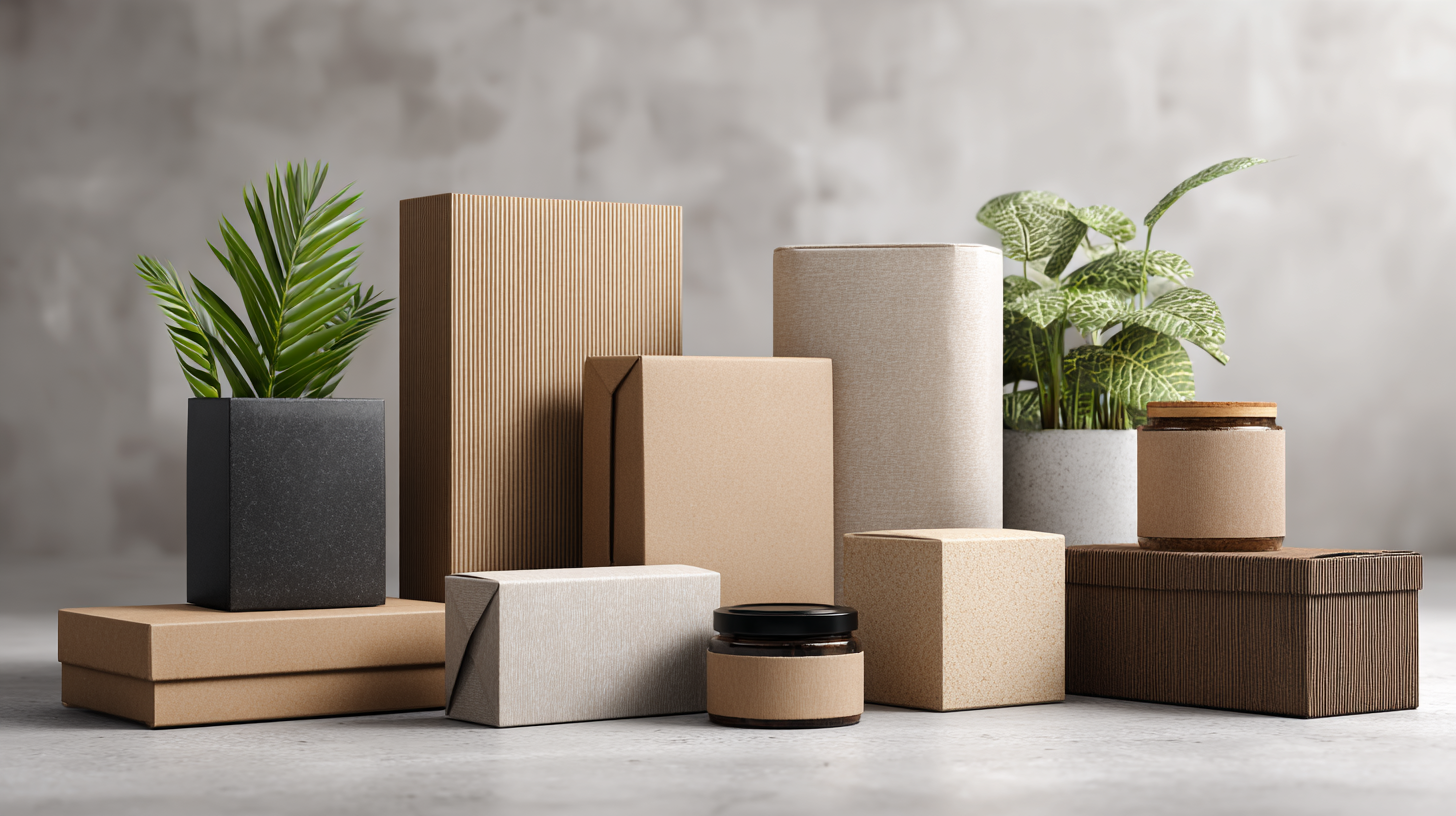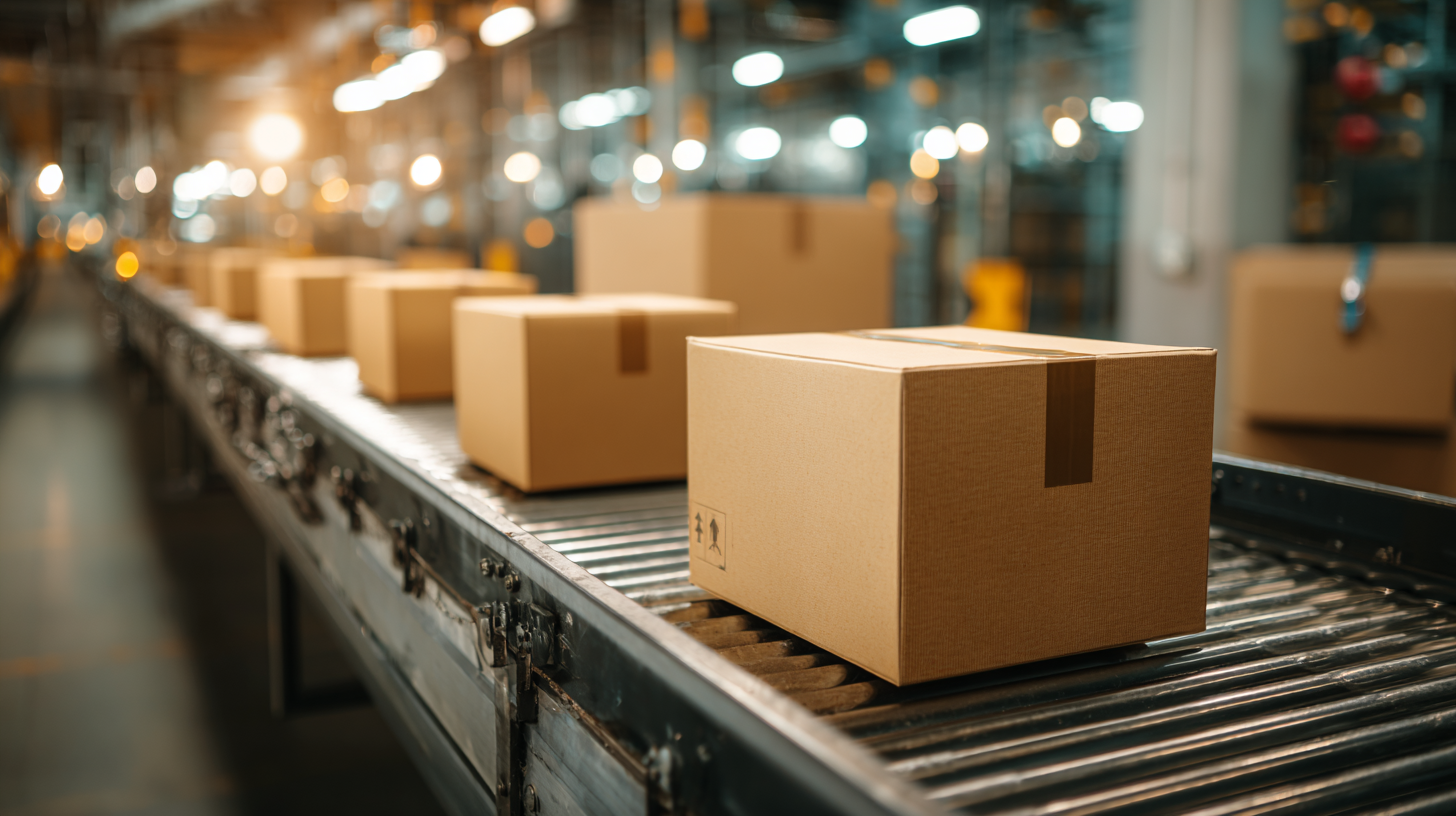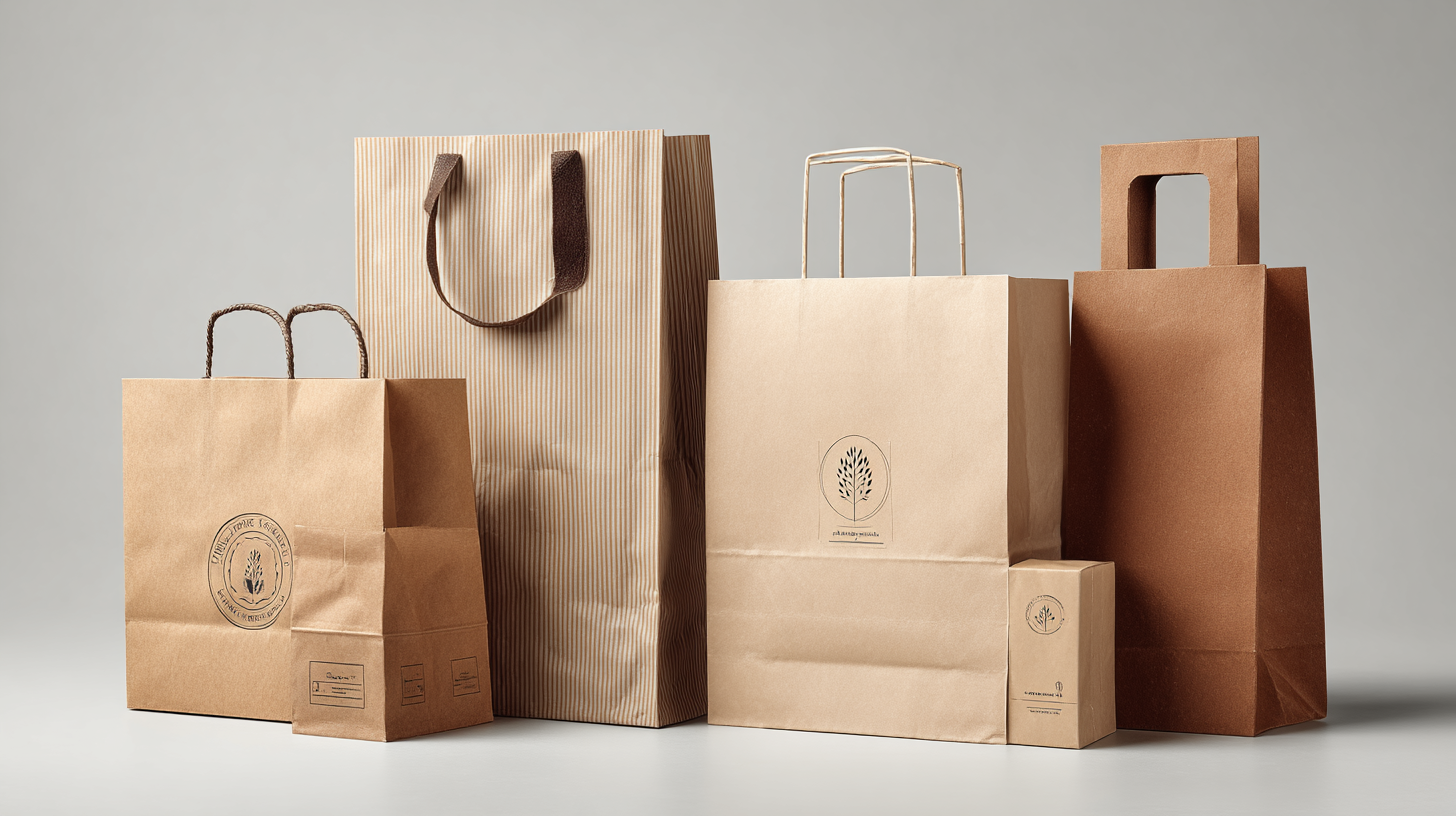As the global landscape shifts towards greater environmental consciousness, the demand for innovative packaging options has surged dramatically. Brands across various industries are recognizing the need to adapt their packaging strategies to not only enhance product appeal but also to minimize their ecological footprint. This article delves into the emerging trends and data that are shaping the future of sustainability in packaging, highlighting the importance of adopting creative and eco-friendly solutions.

With consumers increasingly favoring brands that prioritize sustainability, businesses are compelled to rethink their approaches, exploring alternatives such as biodegradable materials, reusable containers, and minimalist designs. By understanding the latest trends in packaging options, companies can not only fulfill consumer expectations but also contribute to a more sustainable future.
The packaging industry is undergoing a transformative shift towards sustainability, driven by the development of innovative materials that minimize environmental impact. Bioplastics, made from renewable biomass sources like corn starch and sugarcane, are taking center stage as a viable alternative to traditional petroleum-based plastics. These materials not only reduce carbon footprints but also offer compostability, aligning with the increasing demand for eco-friendly solutions among consumers and businesses alike.
In addition to bioplastics, advancements in recyclable and reusable packaging are reshaping the market landscape. Innovations such as water-soluble films and edible packaging are capturing attention for their ability to eliminate waste entirely. Furthermore, companies are exploring materials derived from natural fibers, such as mushroom mycelium and agricultural waste, which provide not only functional benefits but also a reduced reliance on fossil fuels. This convergence of creativity and sustainability is paving the way for packaging solutions that cater to the ethical considerations of modern consumers, fostering a culture of conscientious consumption while addressing the pressing challenges of climate change.
The role of technology in reducing environmental impact is becoming increasingly critical as the packaging industry adapts to the demand for sustainability. According to a report from the Ellen MacArthur Foundation, only 14% of plastic packaging is collected for recycling globally, highlighting the urgent need for innovative solutions. Technologies such as biodegradable materials and advanced recycling methods are being developed to address this challenge. For instance, companies are now utilizing artificial intelligence to optimize packaging designs, reducing material usage while maintaining product safety.
To effectively incorporate these technological advancements, businesses must consider specific strategies. Tip 1: Invest in research and development of eco-friendly materials, as 62% of consumers prefer brands that utilize sustainable packaging. This creates a dual benefit—enhancing brand loyalty while positively impacting the environment. Tip 2: Collaborate with tech innovators to implement smart packaging solutions, which can improve supply chain efficiency and minimize waste.
Moreover, digital technologies like blockchain are aiding transparency in sourcing and recycling processes, encouraging greater accountability among manufacturers. By embracing these technological trends, companies can significantly lower their environmental footprints and align their operations with a sustainable future.
In recent years, consumer preferences have significantly shifted towards
eco-friendly packaging solutions.
This change is driven by a heightened awareness of environmental issues and a desire for sustainable products. Many customers now actively seek out brands that prioritize sustainability in their packaging choices, often considering materials like biodegradable plastics, recycled paper, and compostable packaging. This trend not only reflects a commitment to environmental responsibility but also influences purchasing decisions, making eco-friendly practices a crucial aspect for brands looking to stay competitive.
Tips:
Brands should conduct regular consumer surveys to understand evolving preferences and attitudes toward sustainability. By engaging with their audience and implementing feedback, companies can better tailor their packaging strategies to meet consumer demands. Additionally, collaborating with sustainable packaging suppliers can provide innovative options that align with eco-conscious values.
The rise of e-commerce has also accelerated the need for sustainable packaging solutions. With increased online shopping, consumers are concerned about the impact of excess packaging materials on the environment. Therefore, adopting minimalist packaging designs that protect products while reducing waste can greatly enhance a brand's appeal. By focusing on sustainable practices, businesses can build customer loyalty and differentiate themselves in a crowded marketplace.
Tips:
Consider exploring options like reusable shipping containers or returnable packaging systems. These not only reduce waste but also encourage customers to engage with the brand’s sustainability initiatives.
The shift towards sustainable packaging is no longer just an optional trend; it has become an essential strategy for brands aiming to appeal to eco-conscious consumers. According to a recent report by SmithersPira, the global market for sustainable packaging is expected to reach $475 billion by 2026, growing at a rate of 5.1% annually. This increase suggests that brands adopting sustainable practices are not only contributing to environmental efforts, but are also positioning themselves for significant market gains.
When measuring success in sustainable packaging adoption, businesses should monitor key performance indicators such as consumer engagement and cost-effectiveness. A survey by Nielsen revealed that 73% of consumers are willing to pay more for sustainable brands, indicating a clear opportunity for companies to capitalize on this demand. Implementing feedback loops that track customer satisfaction along with sustainability metrics can provide invaluable insights for continuous improvement.
Tips: Start by auditing your current packaging materials and explore alternatives that are recyclable or biodegradable. Engage with your customers through surveys or social media to gauge their preferences and perceptions about your sustainability efforts. Emphasizing transparency in your packaging strategies can enhance brand loyalty and build trust with your audience.

 Collaborations are playing a pivotal role in the advancement of sustainable packaging innovations, as seen in recent industry events and trends. The upcoming LUXE PACK Shanghai 2025 promises to be a significant gathering where nearly 200 top-tier companies will converge to showcase their latest sustainable packaging solutions. This event is crucial for fostering partnerships that can lead to groundbreaking ideas and practices in luxury packaging, driving the shift toward more eco-friendly materials and processes.
Collaborations are playing a pivotal role in the advancement of sustainable packaging innovations, as seen in recent industry events and trends. The upcoming LUXE PACK Shanghai 2025 promises to be a significant gathering where nearly 200 top-tier companies will converge to showcase their latest sustainable packaging solutions. This event is crucial for fostering partnerships that can lead to groundbreaking ideas and practices in luxury packaging, driving the shift toward more eco-friendly materials and processes.
Furthermore, emerging data on market trends indicates a robust growth trajectory for sustainable packaging solutions such as paper straws, which are expected to reach $360 million by 2032, reflecting a growing consumer preference for environmentally responsible products. Such statistics highlight the importance of continued collaboration among companies, governments, and research institutions to innovate and implement effective sustainability strategies. By leveraging shared resources and expertise, the industry can navigate the challenges ahead while meeting the increasing demand for sustainable packaging options.
Get Free Estimate!

